After extensive, but not wholly onerous research, I have found that the must have luxury chocolate Easter egg for 2024 is the Grande Easter Egg from Betty’s in Yorkshire. Your £375 will allow you to acquire over five kilos of Grand Cru Swiss chocolate made from Venezuelan criollo cocoa beans. Your egg will be applied with iced Spring flowers including narcissi, primroses, pansies and lily of the valley all with hand piped stems. Betty’s have been producing these hand crafted edible masterpieces for over a hundred years.
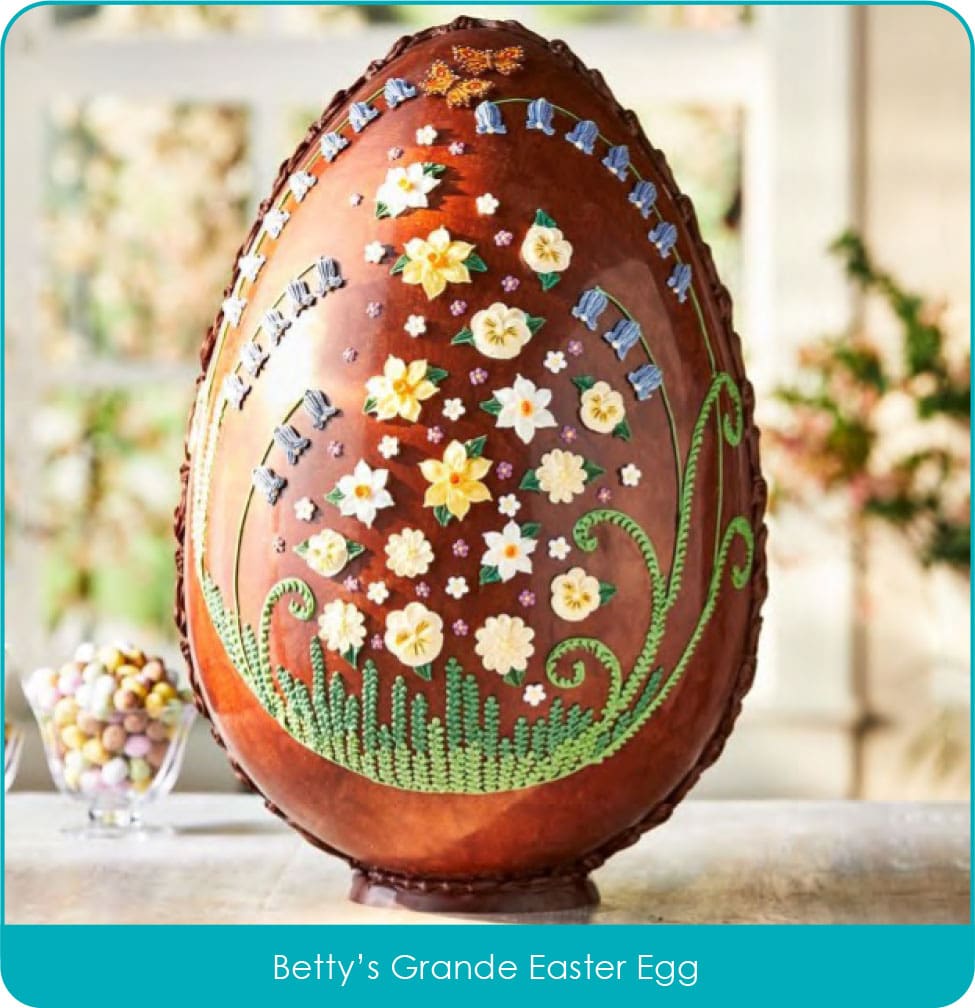
However, the history of eggs at Easter goes back many centuries. In the 1290 household accounts of Edward I ‘one shilling and sixpence for the decoration and distribution of pace eggs.’ ( Pace being a dialectical term for pashe or pascal.) These were hens’ eggs which had been dyed or coloured and were distributed to members of the Royal household. These eggs would have been wrapped in onion skins and then boiled, when the onion skin was removed the eggs looked as though they had a mottled gilding. The Scandinavians had a similar tradition also using flowers and leaves to produce a pattern.
Throughout Europe eggs were dyed and painted; and eggs were in plentiful supply. Although Shrove Tuesday saw the using up of eggs to make pancakes prior to Lent, no-one told the chickens that eggs were off the menu for the next forty days, so they continued to produce them, resulting in a glut of eggs by Easter. Throughout Europe and beyond the decorating and distributing of eggs has been part of Easter celebrations for hundreds of years.
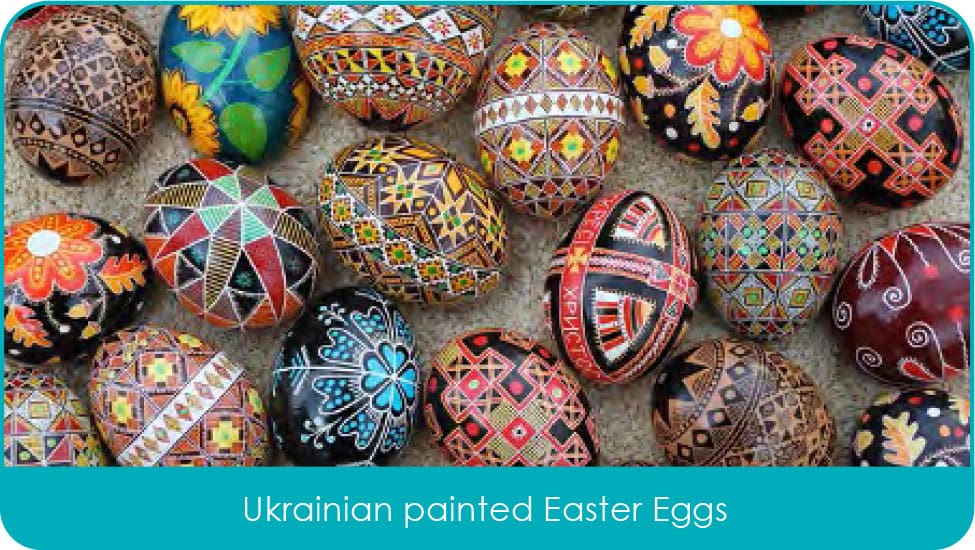
The White House has a traditional Easter Egg Roll. In 1878 the President Rutherford B Hayes allowed the White House Grounds to be opened on Easter Monday and children were allowed to bring along Easter eggs and roll them on the lawn with a long handled spoon. Today it is a huge event and children can enter a public ballot to attend.
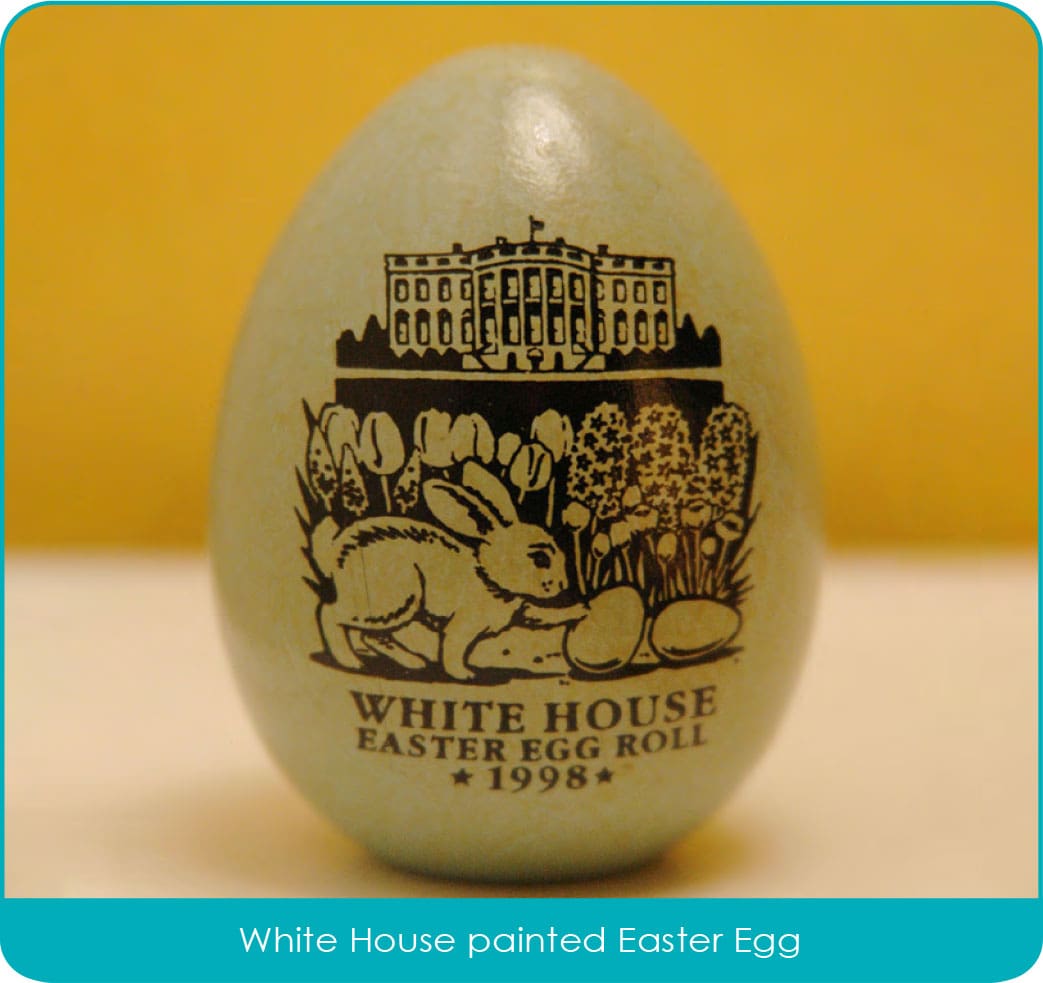
The ultimate Easter egg tradition is that of the Fabergé eggs. Jewelled eggs had been gifted at Easter before 1885. However, Grand Duke Vladimir Alexandrovich, brother to Tsar Alexander III suggested that Peter Carl Fabergé be commissioned to create a Royal egg. The egg, known as the ‘Hen Egg’ was given to the Tsarina, who was thrilled with it. It opened to reveal a golden hen sitting on golden straw and inside the hen was a replica of the Imperial Crown and a ruby pendant. Fabergé had triumphed and Alexander named him ‘goldsmith by special appointment to the Imperial Crown’, placing an order for another egg the following year. The eggs became more ornate and elaborate year after year. The designs did not have to have Royal approval, the only prerequisites were that each should be unique and contain a surprise. The eggs made for the Russian Royal family are known as the Imperial eggs.

A few notable figures, including the Rothschilds commissioned eggs of their own, but these were not numerous. The revolution in 1918, inevitably saw an end to this tradition, although Fabergé in its more recent incarnation still produces egg themed jewellery. Should you wish to purchase your own Fabergé egg pendant this Easter, the 18 carat gold, diamond and enamel Palais Tsarkoye Selo turquoise egg containing an enamel and diamond locket, can be yours for £12,000.
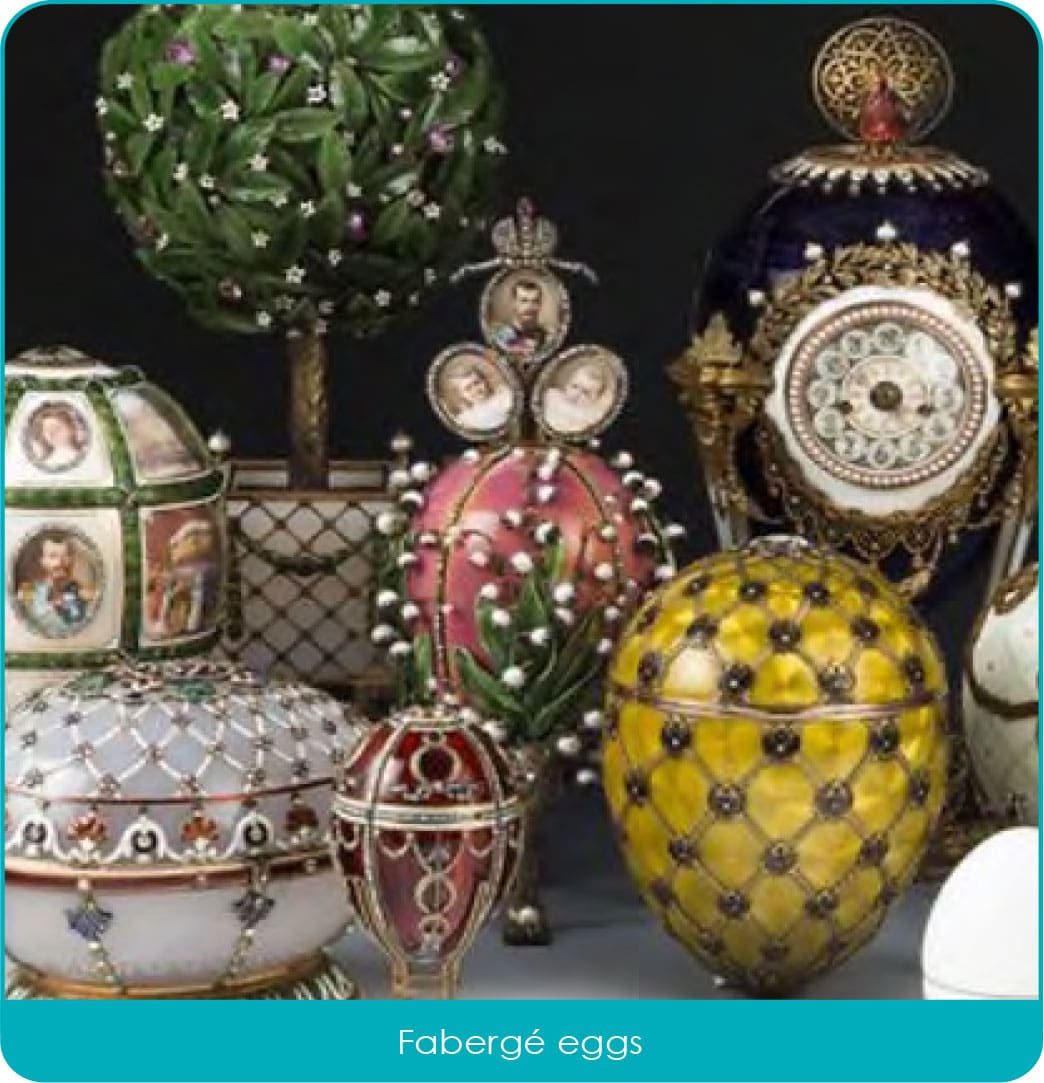
The popularity of gold and silver eggs with novelty surprises may have begun with Fabergé but has been taken up by others. In the 1960’s and 70’s the English silversmith Stuart Devlin acquired a large following for his eggs. They are still popular today and one sold at auction recently with Dreweatts at a hammer price of £1,100.
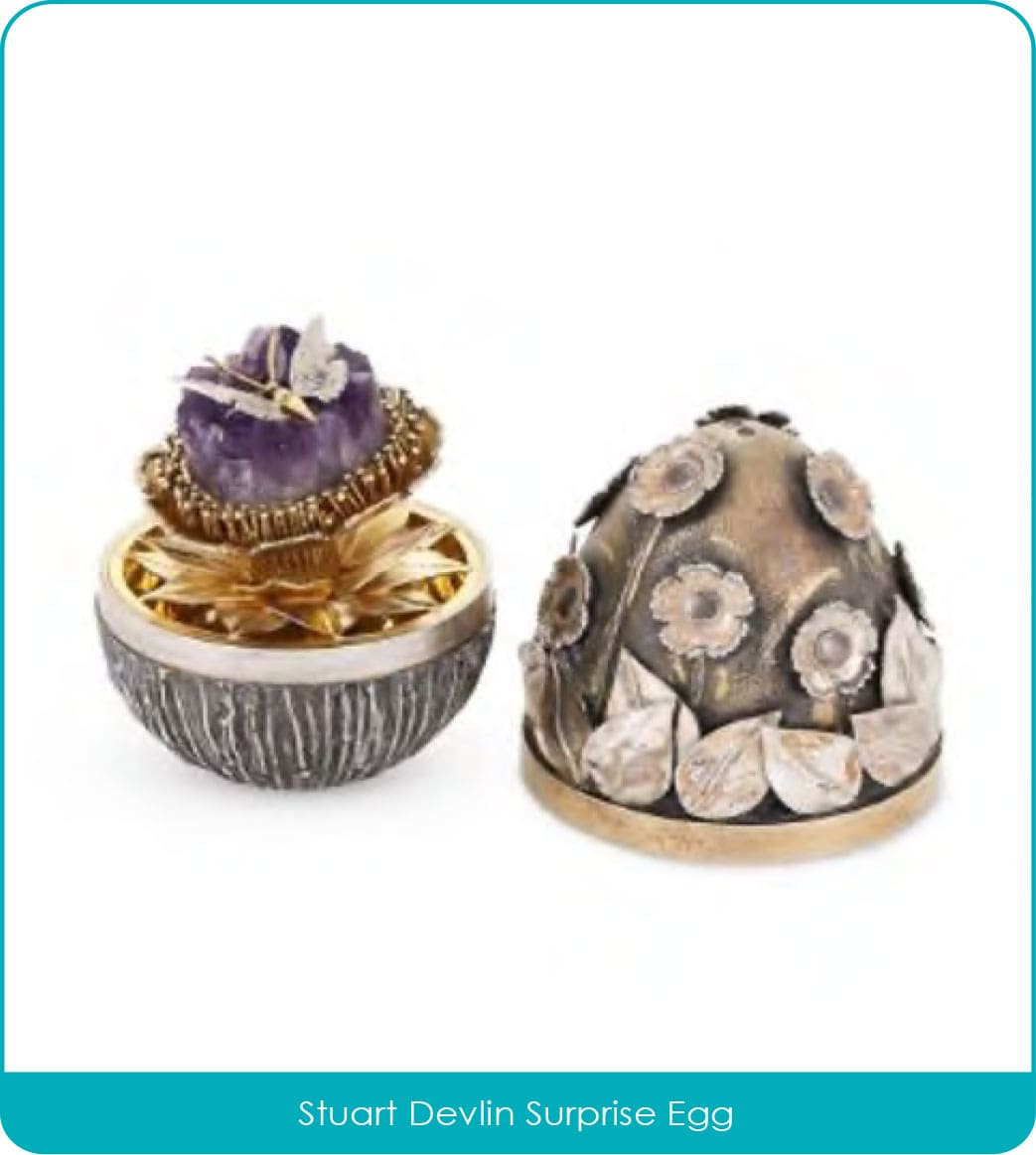
A longchain suspending numerous French, Austrian and Hungarian egg pendants sold in 2022, as seen in the adjacent images. The finesse of the manufacture, the frequent use of colourful guilloché enamel and the cute novelty surprises inside, helped Bonhams reach a hammer price of £28,000.

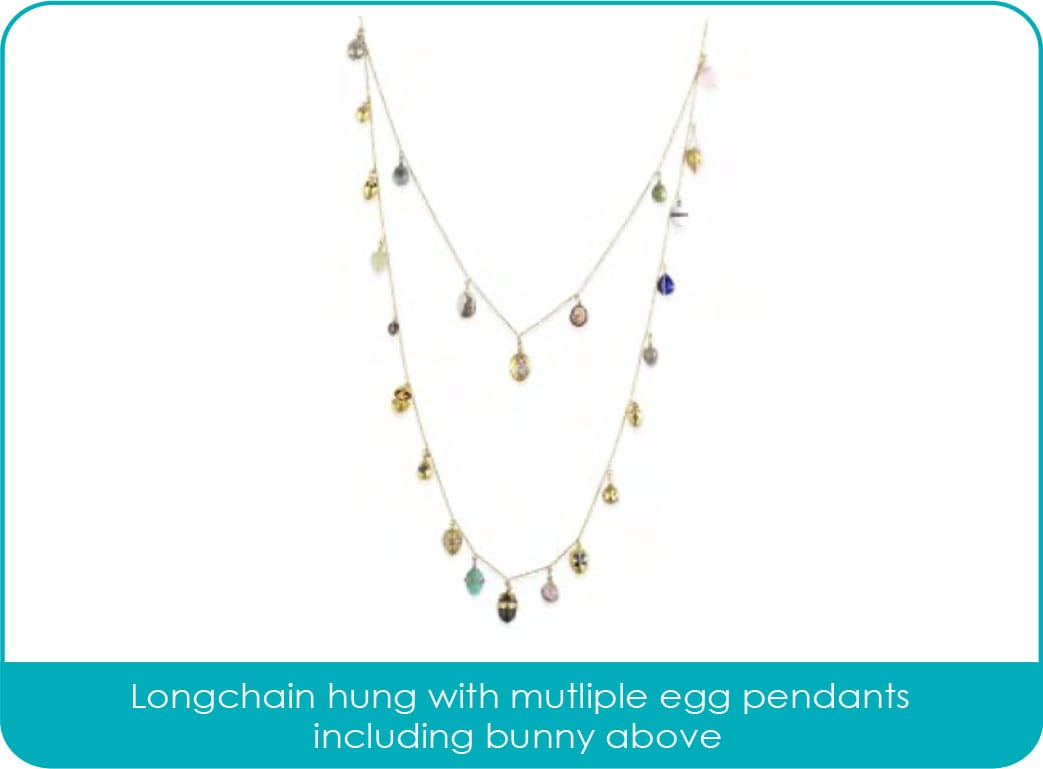
If this all seem a little overwhelming perhaps it’s time to consider the more modest Cadbury’s creme egg. Initially sold as the Frys’s creme egg, it became part of the Cadbury family in 1971. They are still only available from New Year’s Day until Easter Sunday and in recent YouGov poll they were ranked as the UK’s most famous confectionery.
We hope that the Easter bunny will bring you your egg of choice and Doerr Dallas wishes you a very happy Easter.






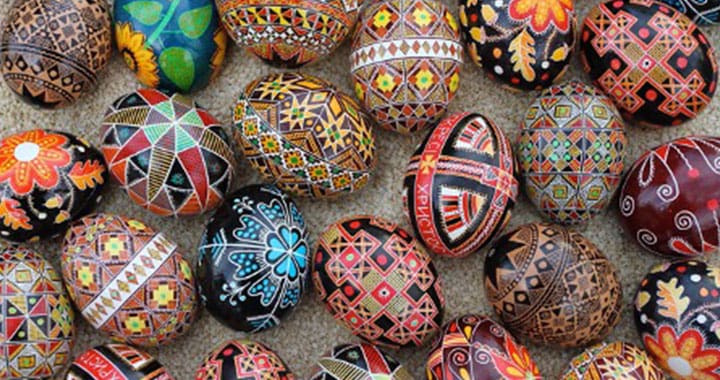
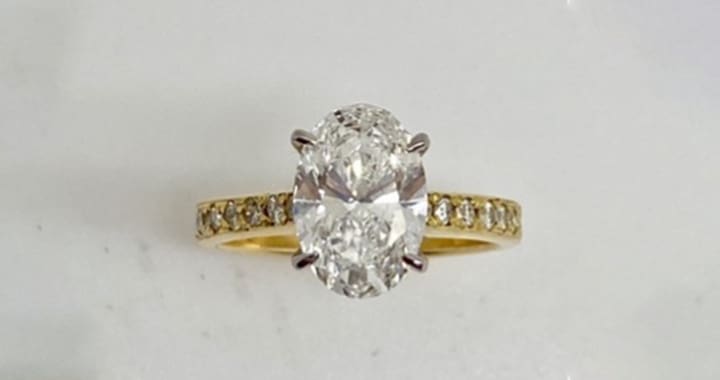
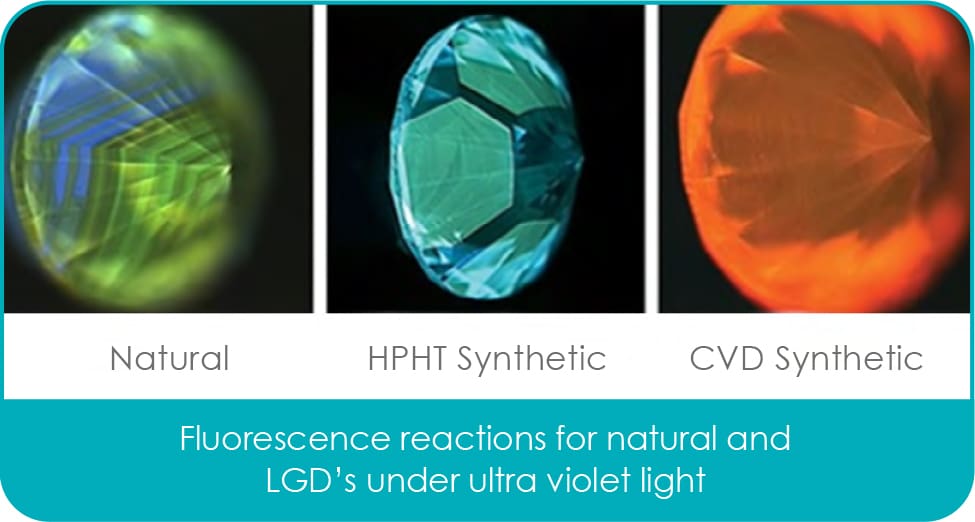


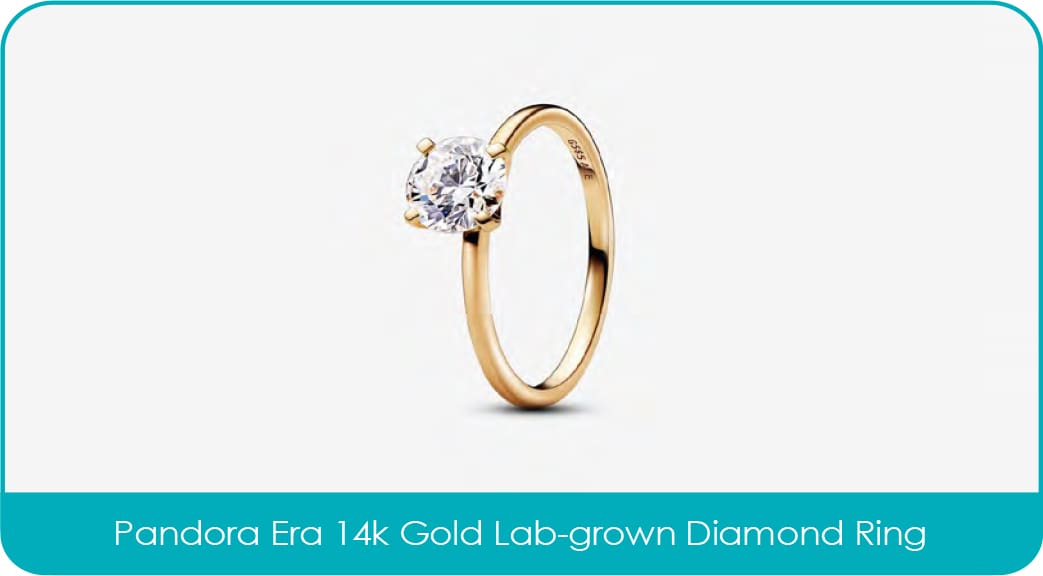
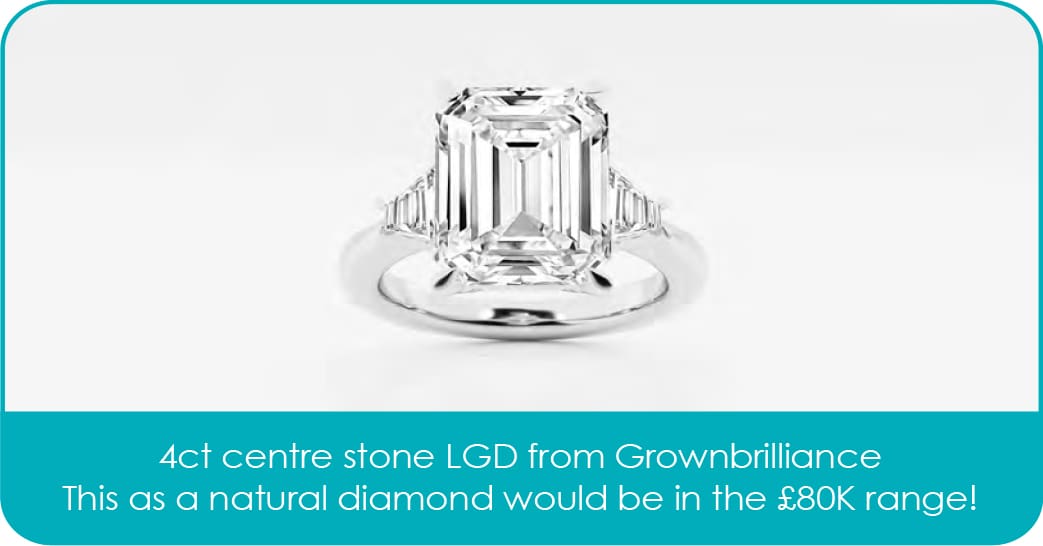
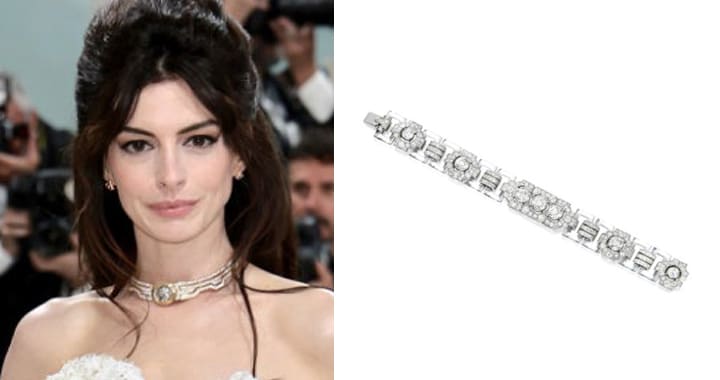
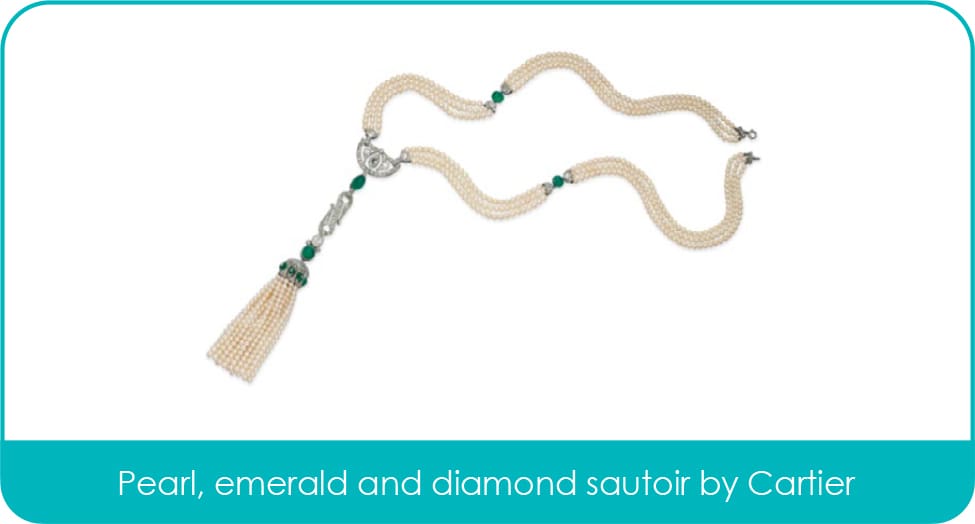



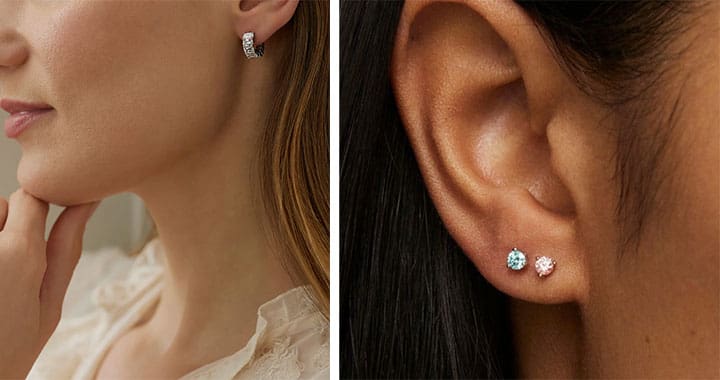
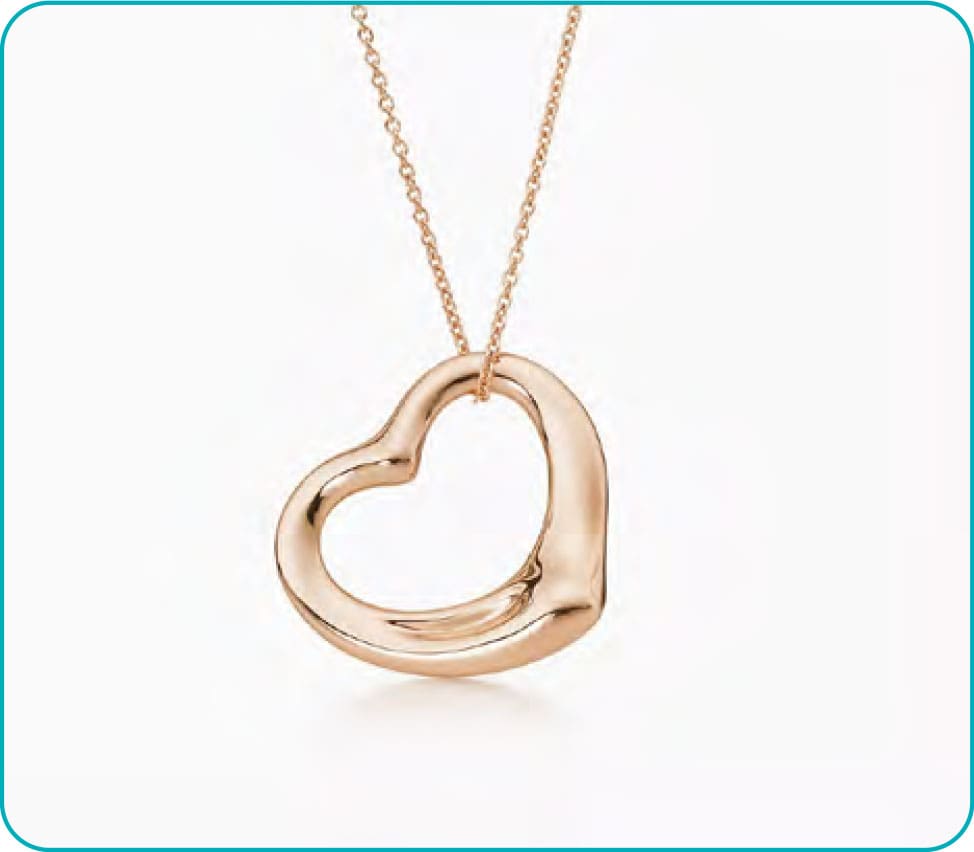
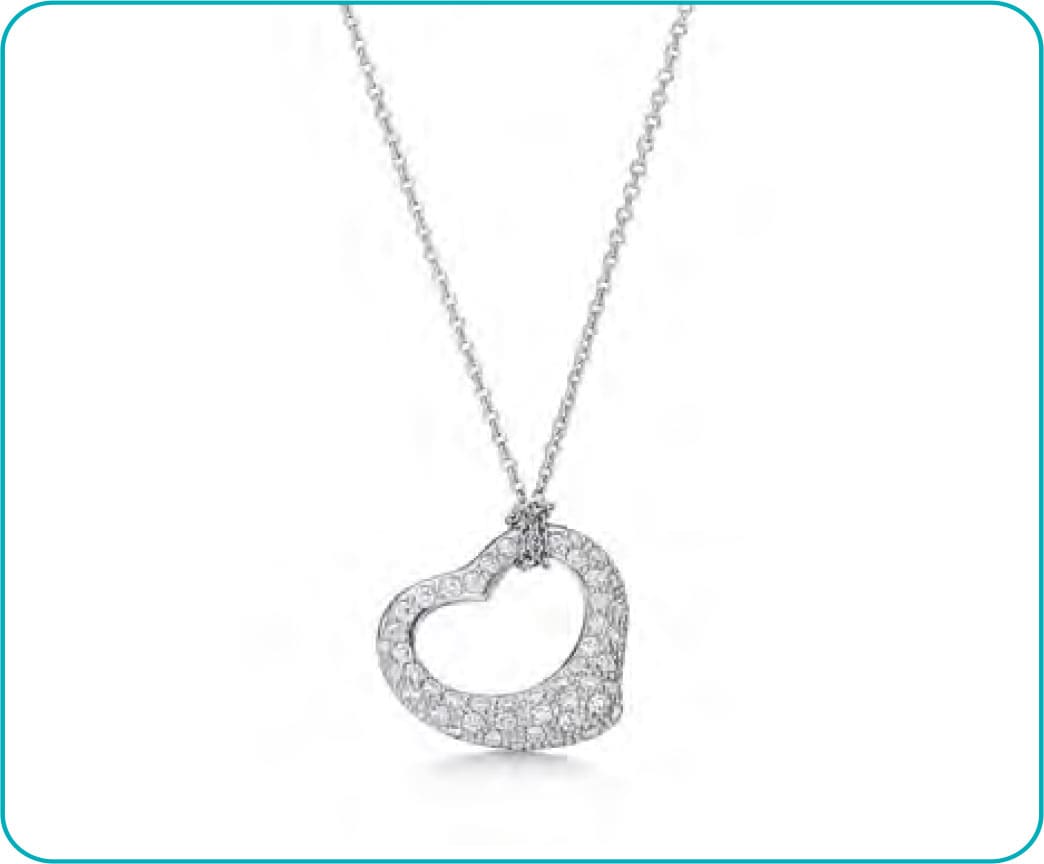
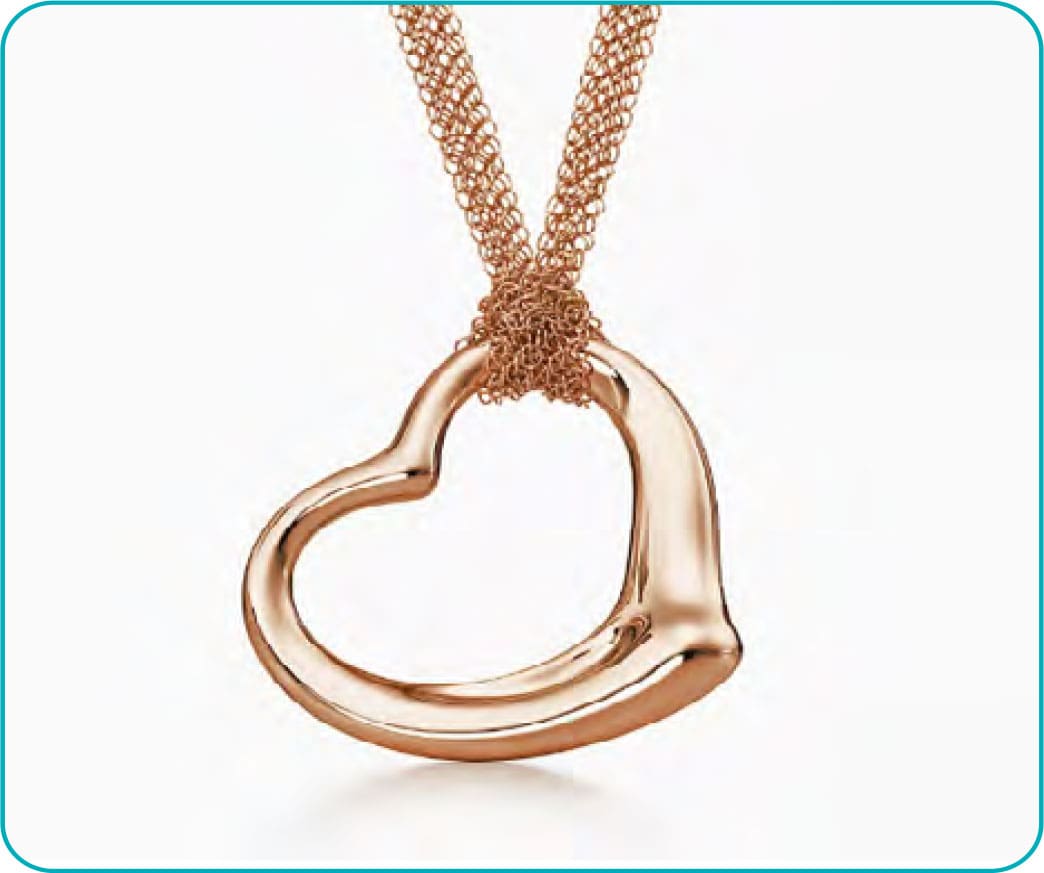
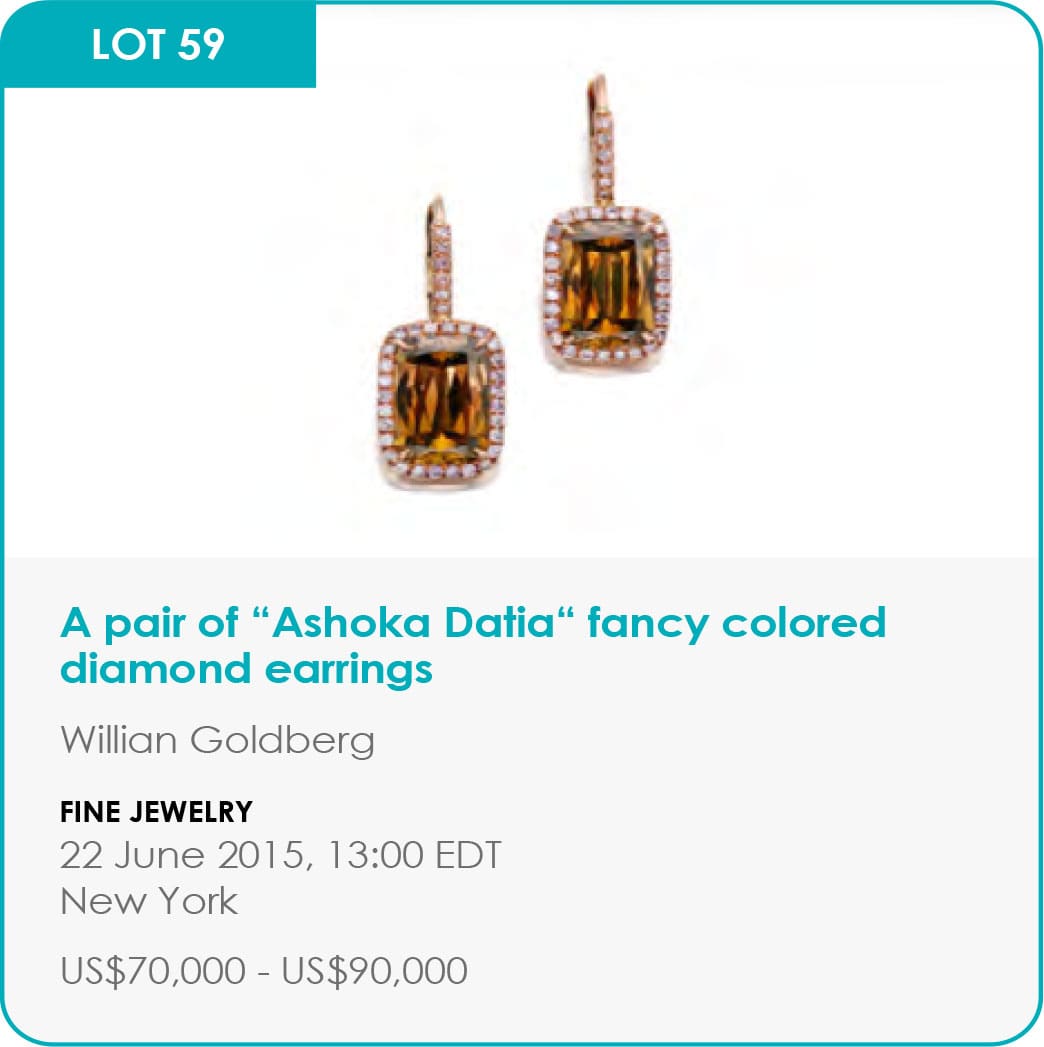
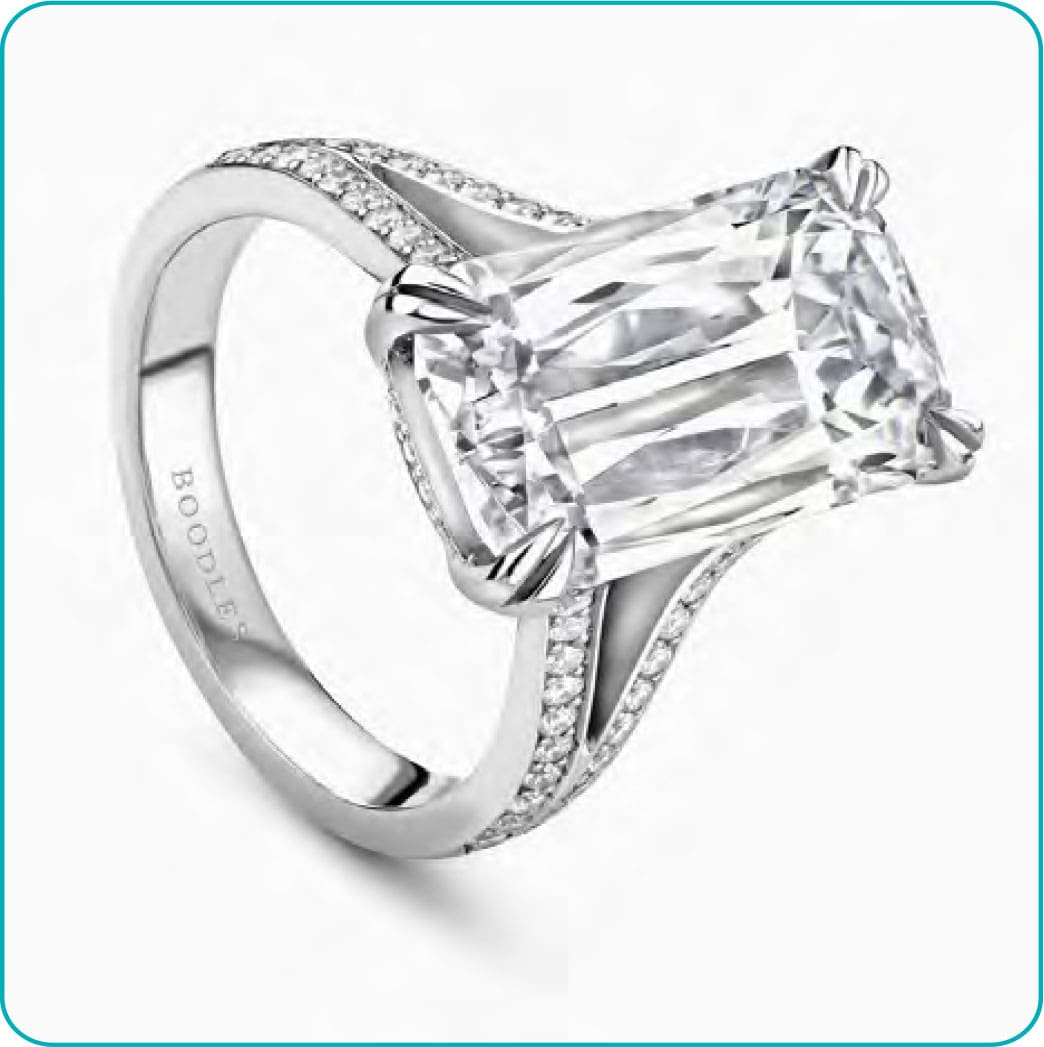

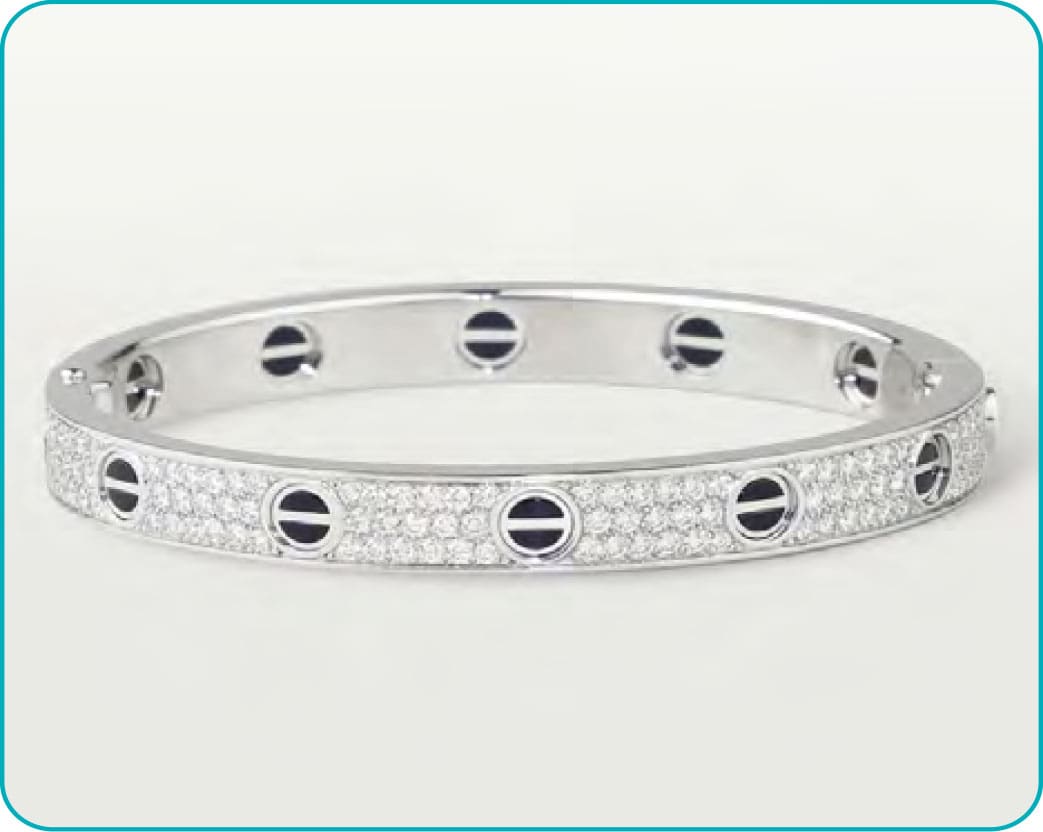

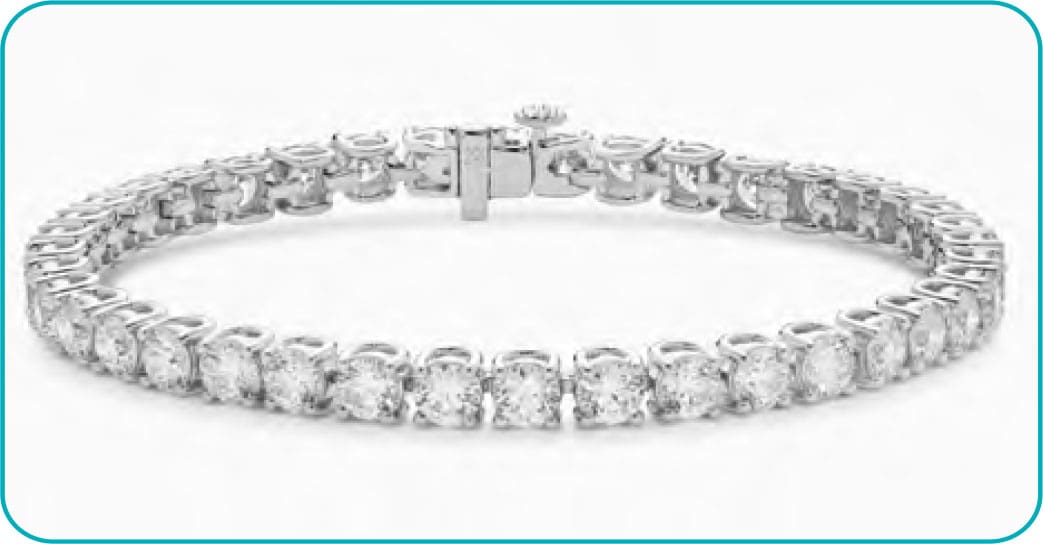
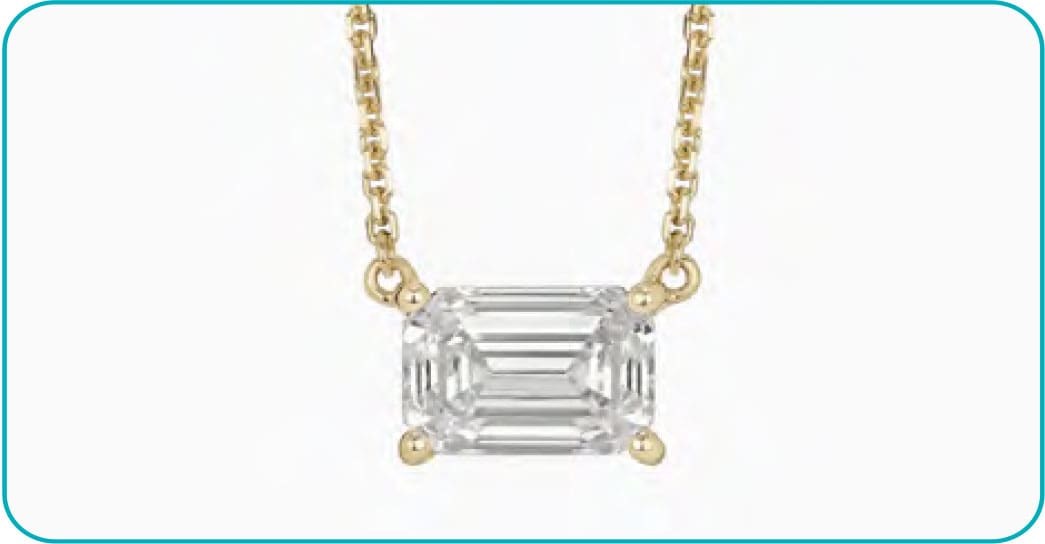
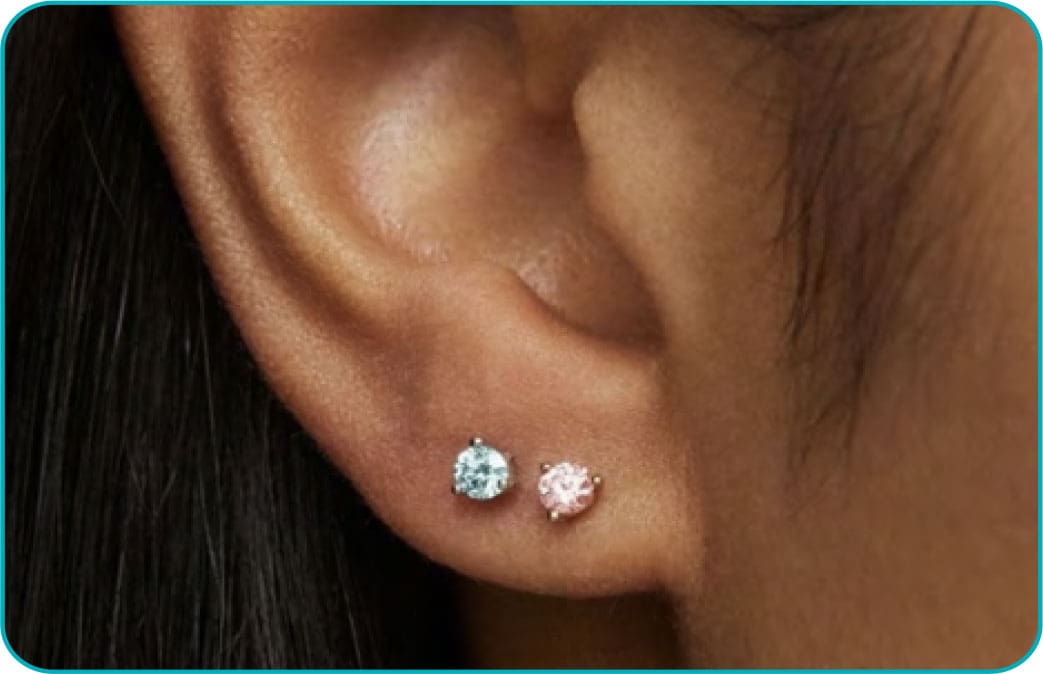
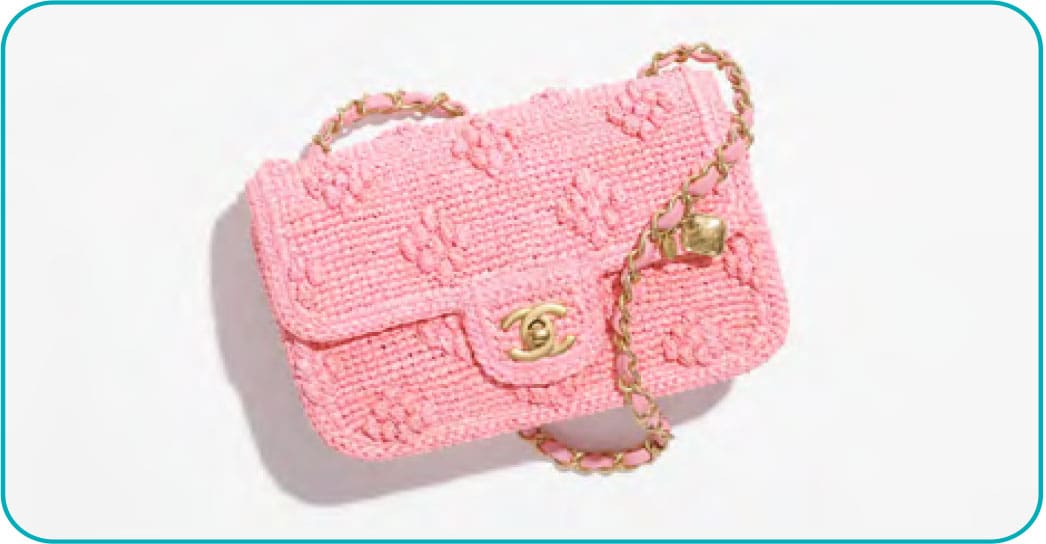
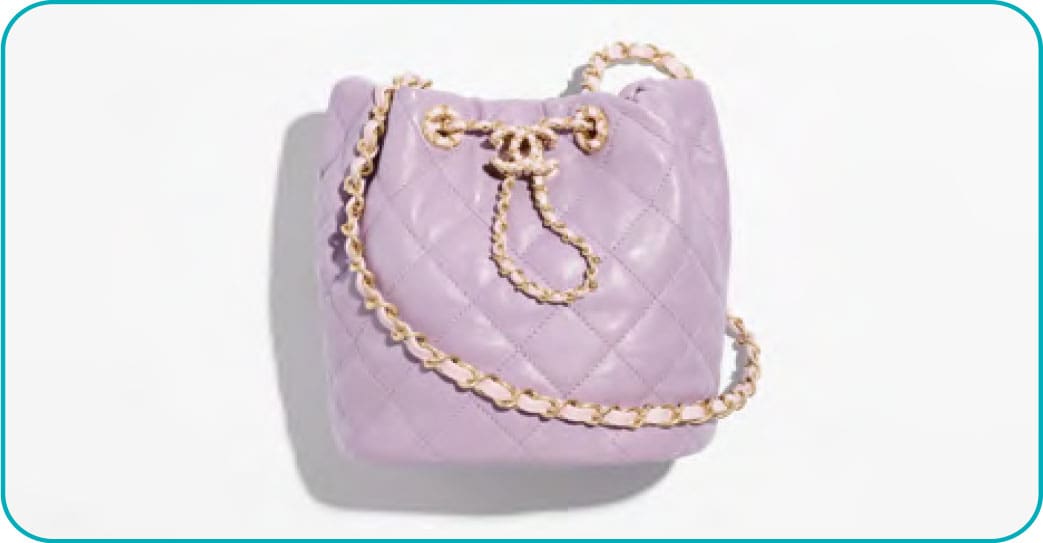
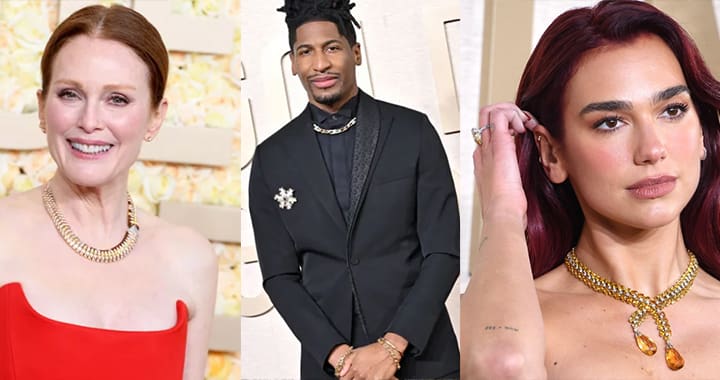
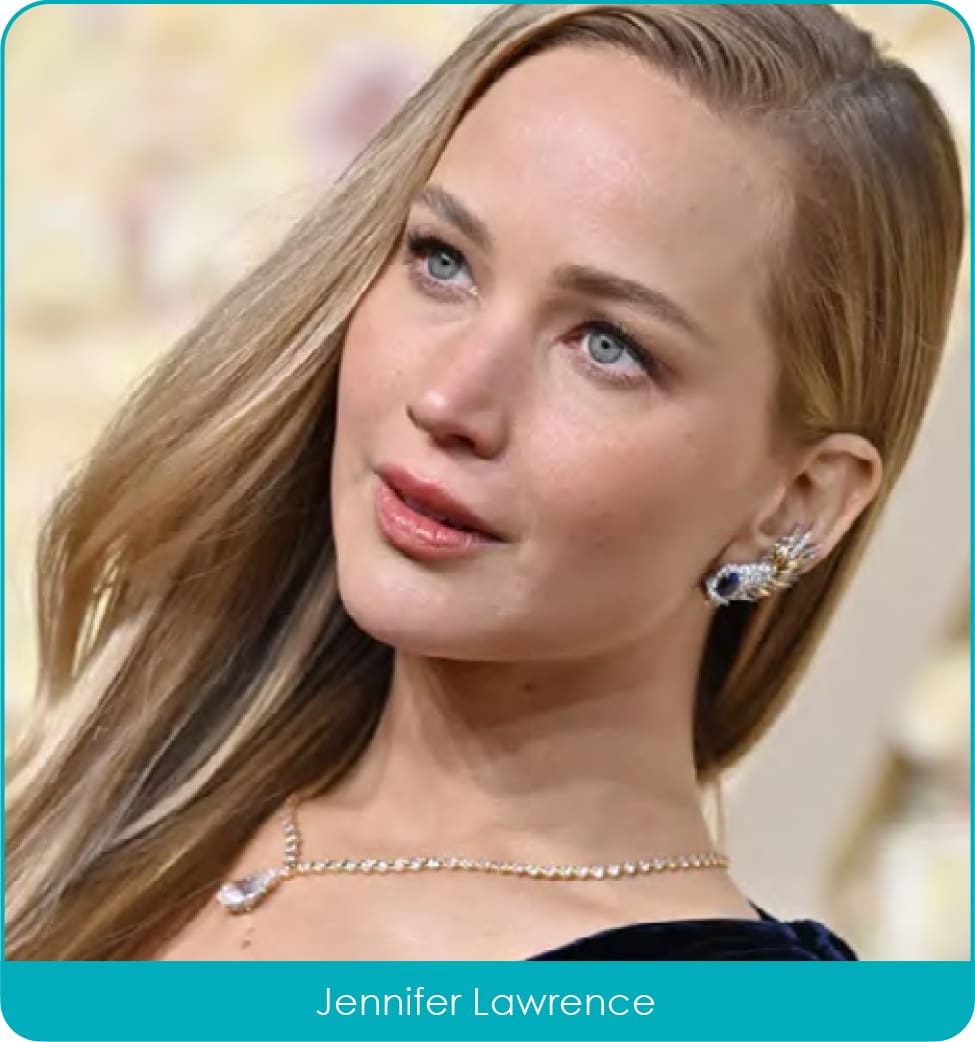
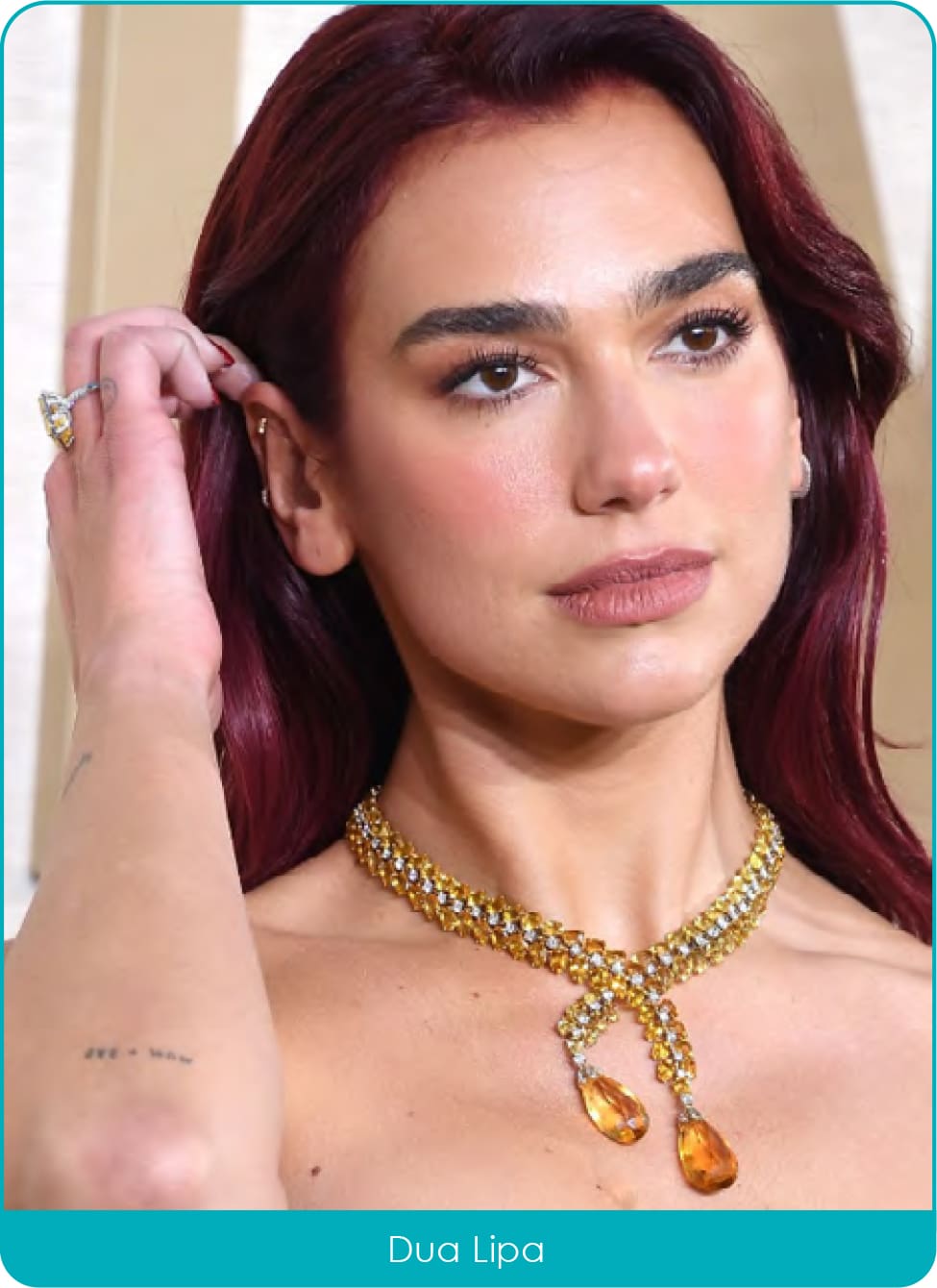
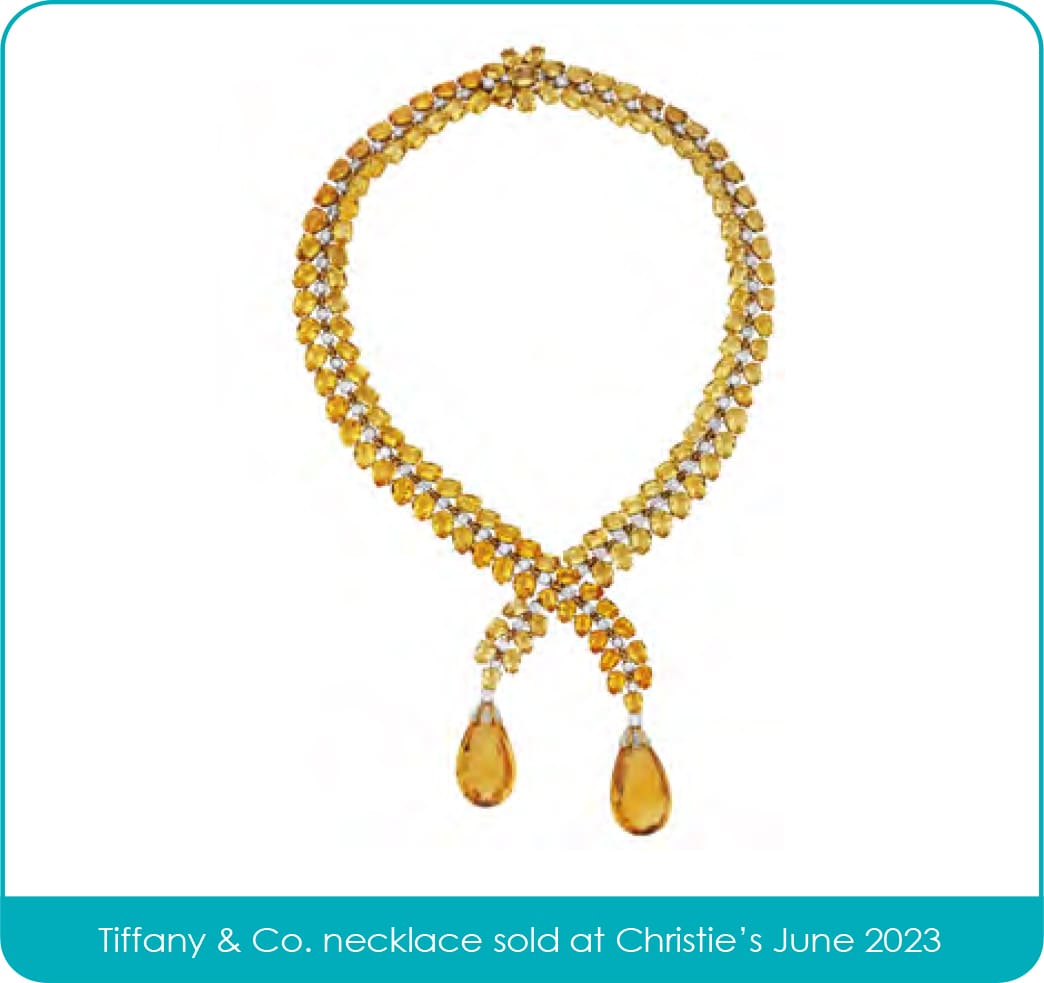
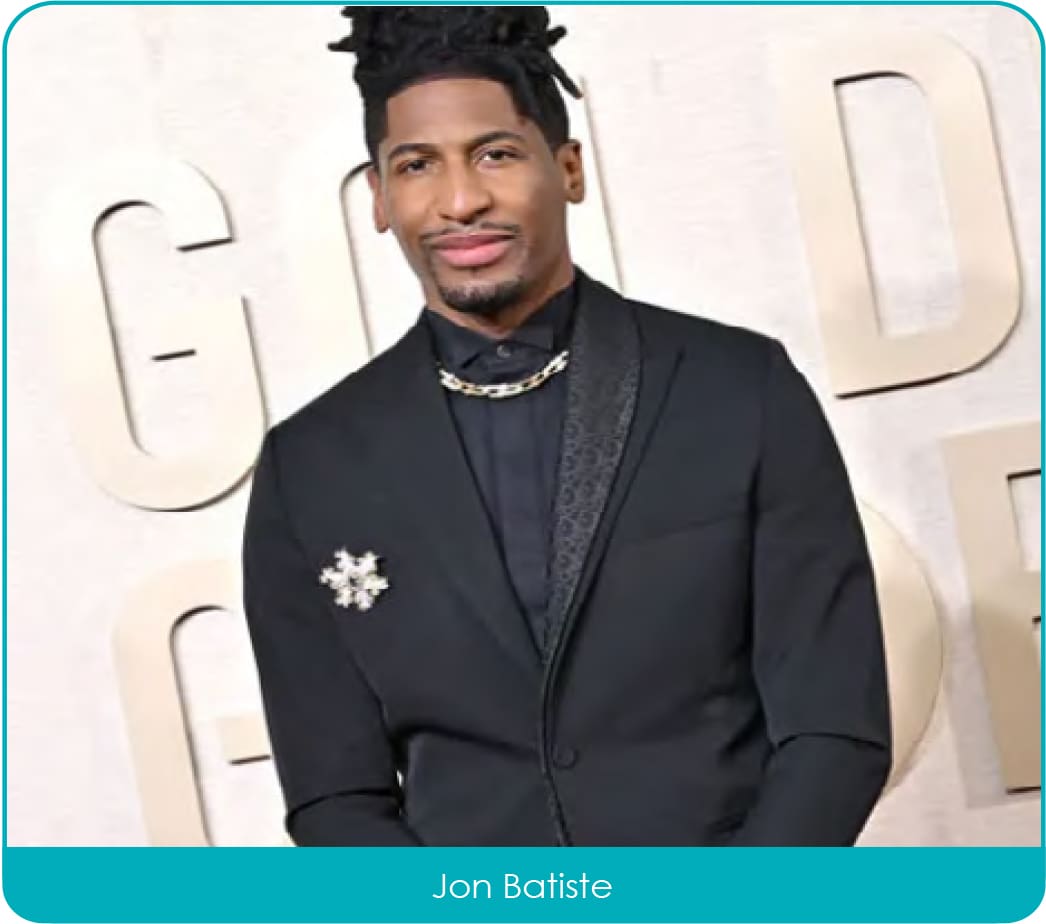
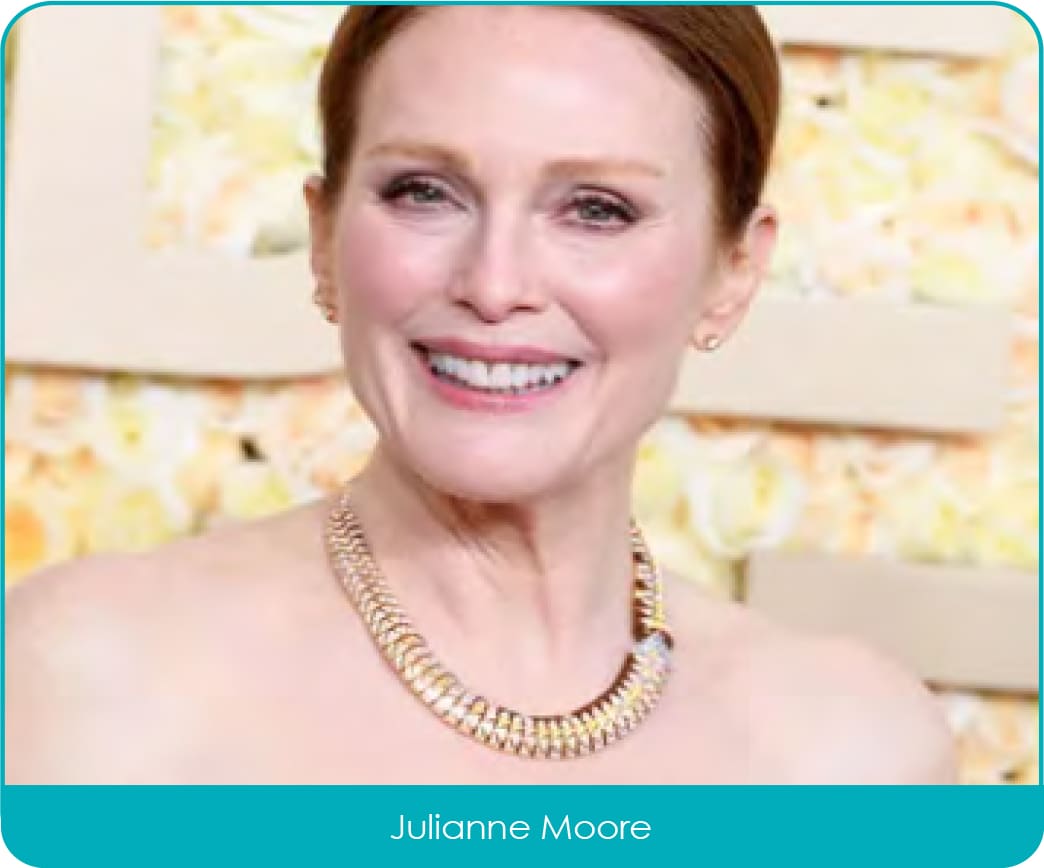
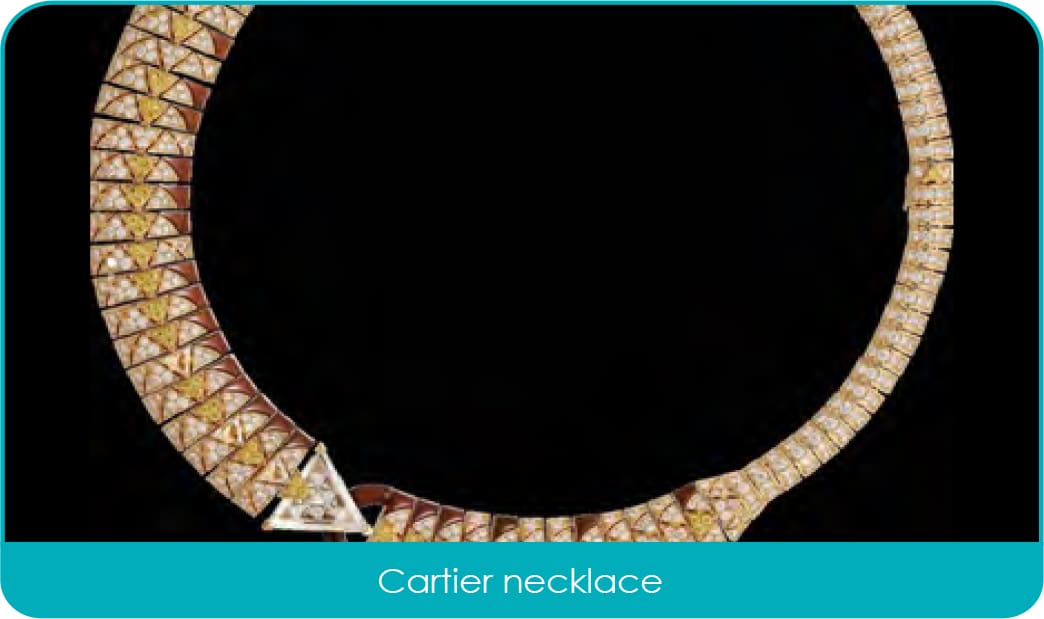
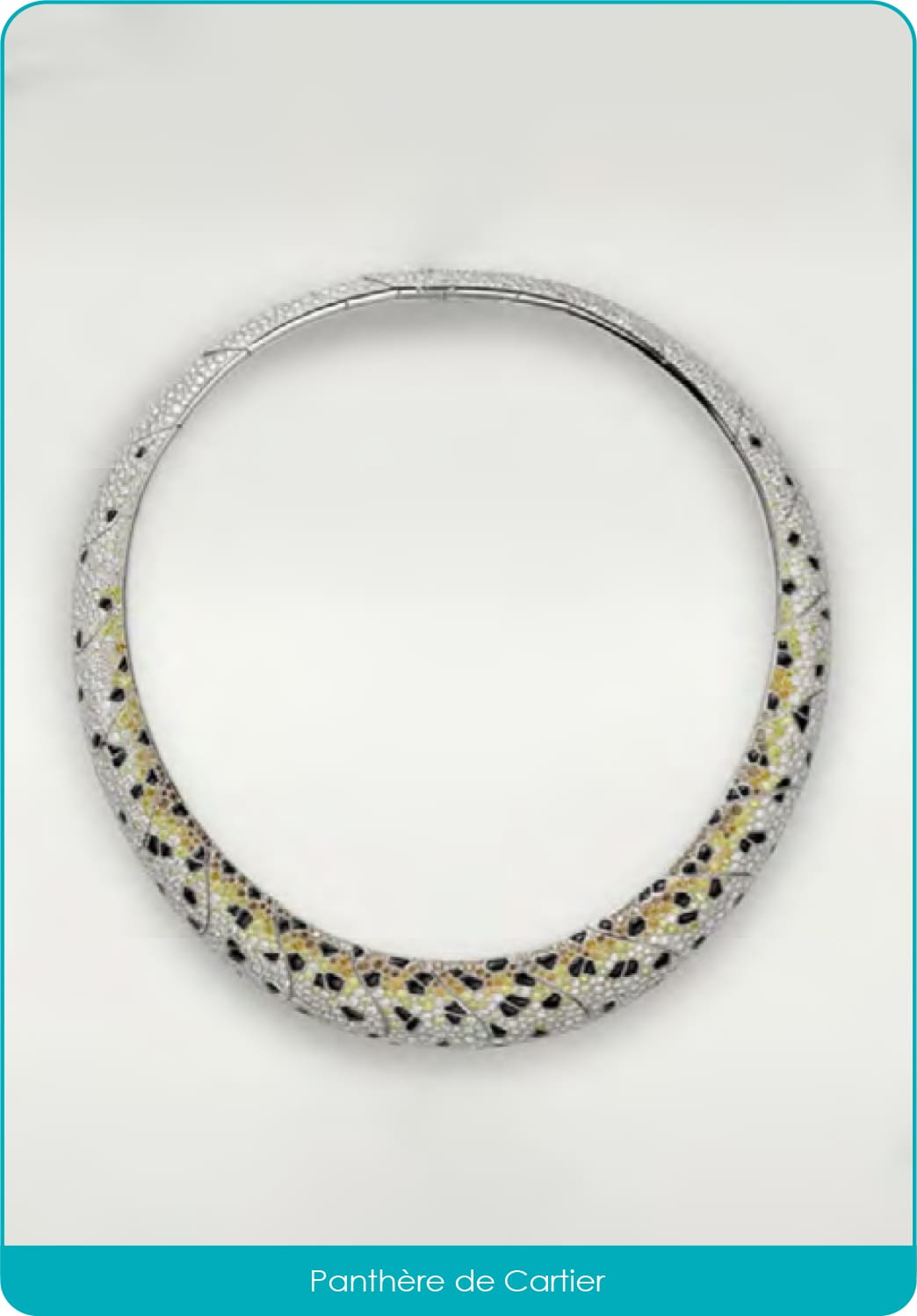
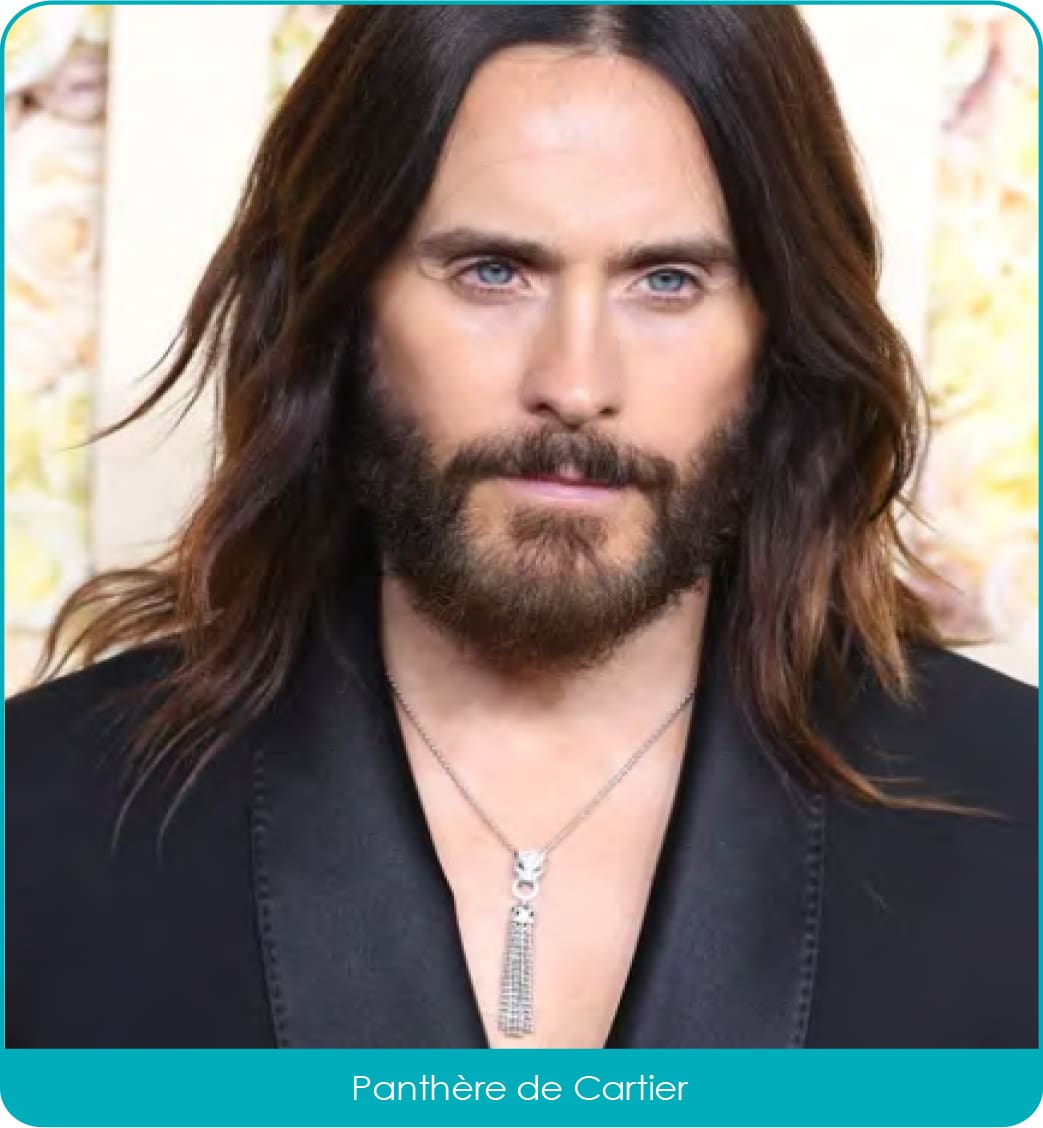
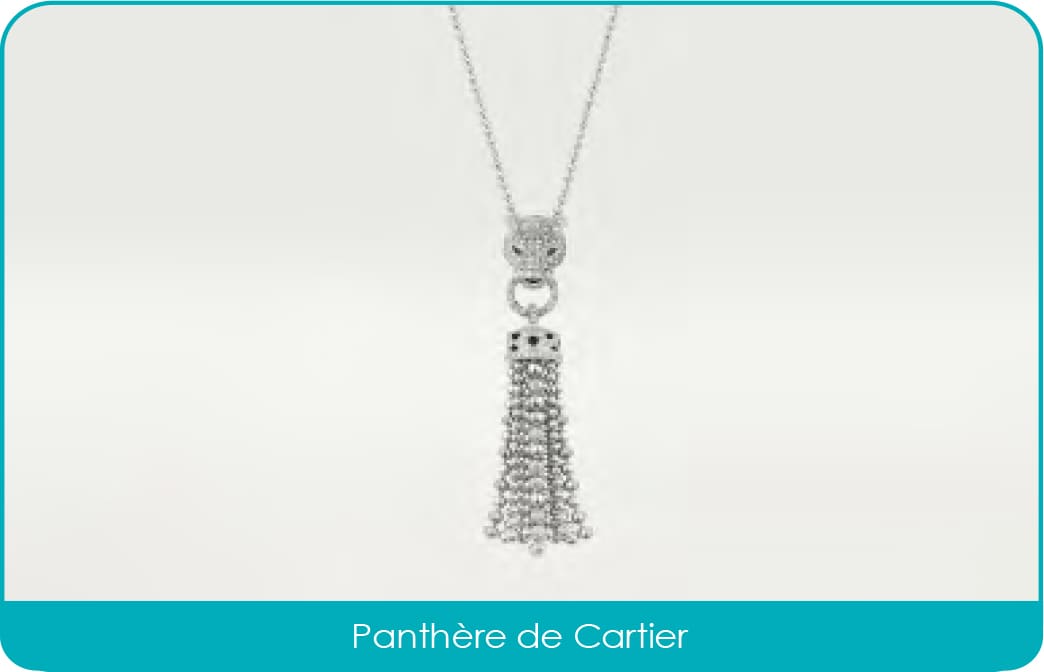




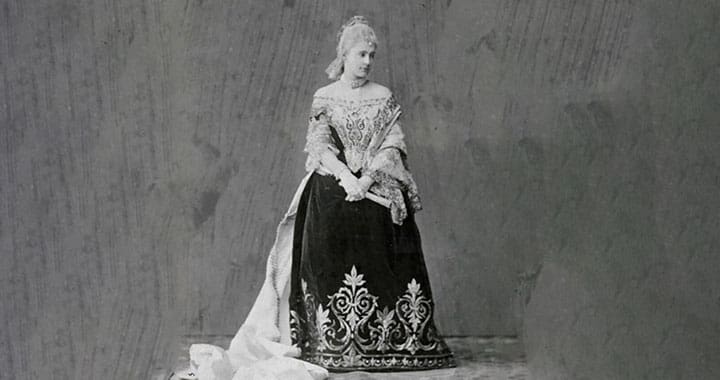




































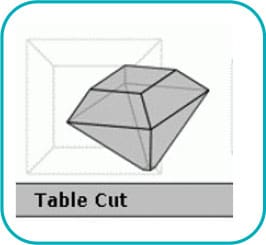 In the mid-15th Century cutters designed the table cut diamond, they used the same polishing methods and simply removed the top point of the octahedral shape to produce a table.
In the mid-15th Century cutters designed the table cut diamond, they used the same polishing methods and simply removed the top point of the octahedral shape to produce a table.








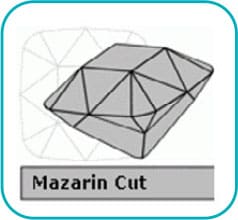 After developing and perfecting table and rose cuts, European cutters started to experiment with new cuts and styles. Cardinal Jules Mazarin requested that cutters in Europe designed a faceted diamond. The result was a cushion shaped diamond with 34 facets called the Mazarin cut, also known as the double cut.
After developing and perfecting table and rose cuts, European cutters started to experiment with new cuts and styles. Cardinal Jules Mazarin requested that cutters in Europe designed a faceted diamond. The result was a cushion shaped diamond with 34 facets called the Mazarin cut, also known as the double cut.
 The mid-17th century saw the introduction of the single cuts. Like the point and table cut, the single cut resembled the shape of the octahedral rough. It also displayed more potential for brilliance than the table cut because it had more facets. This cut served as the basis for the modern brilliant cut and even today, the single cut is still used on smaller diamonds.
The mid-17th century saw the introduction of the single cuts. Like the point and table cut, the single cut resembled the shape of the octahedral rough. It also displayed more potential for brilliance than the table cut because it had more facets. This cut served as the basis for the modern brilliant cut and even today, the single cut is still used on smaller diamonds.
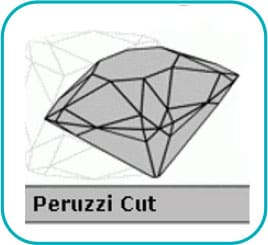 The new rough from Brazil was used to create the first old mine cut also known as the Peruzzi Cut; this has the same number of facets as the round brilliant, but with a high pavilion it resembles a cushion shape. In 1750, a London jeweller called the new style of cut a passing fad and said the classic rose cut would outlast them all.
The new rough from Brazil was used to create the first old mine cut also known as the Peruzzi Cut; this has the same number of facets as the round brilliant, but with a high pavilion it resembles a cushion shape. In 1750, a London jeweller called the new style of cut a passing fad and said the classic rose cut would outlast them all.










